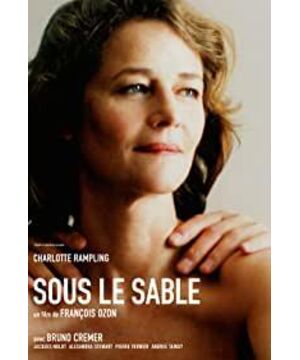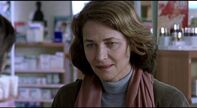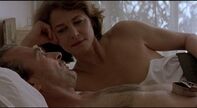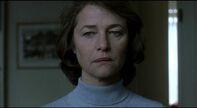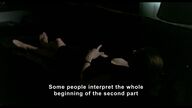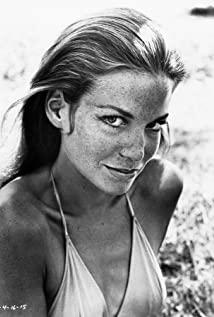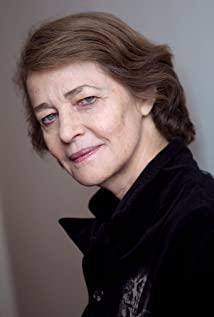It's the penultimate Ozon's film, and I also find it strange. The character and emotion of this one are so indifferent, why is it not imported in China?
The first long scene is that the male and female protagonists take advantage of the holiday to go to a farm in the suburbs. At the beginning, the two drive alternately, take a break at the rest stop, and when the two ask each other to do something, it is already seen that the husband and wife have spent decades together. The looks are quite different. Logically, if it is a 25-year-old couple, there should be more interaction between the two people, rather than always a single-angle lens. Ozon's use of the lens in emotional expression is still very accurate. Then we went to the wild beach together the next day. Dillon wanted to go swimming, but he never came back. Rampling thought it was nothing at first, but after she had guessed it for a while, she hurried to drive for help. Instead of crying frantically, she just hides her face with sadness and finds it difficult to accept this reality. What she must be thinking at this moment is, what should I do now? what to do? What about the future? This and the next few shots at her holiday home can also be seen. The missing husband never came back, and she set off back to the city and started to live on. The first act ends.
At the beginning of the second act, the heroine Rampling was gathering with friends as a lady, talking about her past with her husband, so that her friends interjected and hoped that she would not fall into memory, but she still pretended to be okay until she returned. When I got home, I seemed to feel that my husband was still there, like a large segment of self-talk in "To the Immortal You". Of course, Ozon also filmed her husband to maintain his suspenseful style and the continuation of the combination of reality and reality. The heroine has always been rejecting her husband's disappearance, rejecting the witnesses who were present at the time, rejecting answering the phone call of her husband's disappearance, etc. Until one day, she was receiving psychotherapy and found out that her husband had come, which seemed to be possible suicide again. It is to break her fantasy and her doubts about her own past. If this doubt is not solved, her life will be over. Holding this doubt, she starts to search for the truth and opens the third act.
In the third act, she pursues the truth all the way, people close to her husband, the identification of the corpse salvaged from the missing beach, and all kinds of abuse, but when she wants to get close to the truth, she uses what we call 1% in probability. Probability to satisfy your heart and let your heart escape, so the truth will never exist again, just a void.
The last long shot is really beautiful, Rampling sees a man on the beach dressed like her husband, she stumbles towards him, far away, that kind of reckless desperation , not only to find her husband, but also to find her true inner peace, because she has always been perfect, and has never been imperfect. As long as her husband is still alive and returns to his side, that perfection will last forever, but this obsession remains So moving in the last long shot!
View more about Under the Sand reviews


